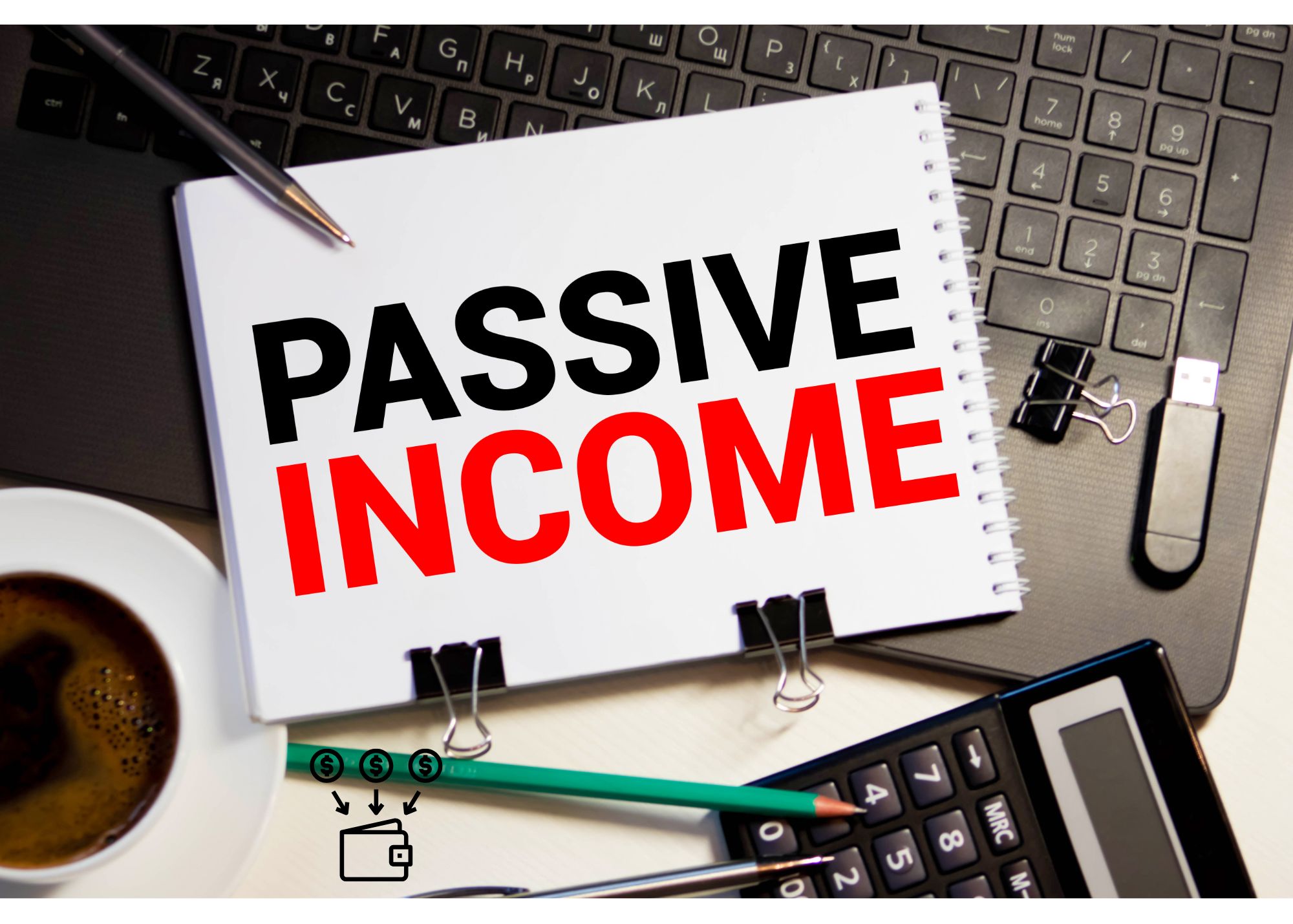DoorDash’s Soaring Stock: A Smart Buy or a Bubble Waiting to Burst?
Gig economy food delivery service DoorDash (NASDAQ:DASH) has been running hot for most of the last year, gaining over 75 percent in the last 12 months. Such large increases, though, often leave stocks susceptible to corrections that bring their prices back down to earth. We examine DoorDash’s performance and valuation to see whether the stock is a buy, a sell or a hold.
Key Points
-
DoorDash hit GAAP profitability in 2024, with 25% revenue growth and a strong balance sheet.
-
Trading at 735x earnings and 8x sales, DoorDash is priced for perfection.
-
Analysts are bullish, but with limited upside, the stock looks expensive.
Is DASH Overvalued?
Like many high-growth stocks, DoorDash trades at very high multiples to its current financial metrics. The stock is currently trading at almost 735x its trailing 12-month earnings, as well as 8 times sales and 11 times book value.
DoorDash’s P/E ratio becomes somewhat more understandable when we consider that the company only achieved net profitability for the first time in Q3 of 2024. Prior to that, DoorDash had posted net losses in each quarter since its 2020 IPO. If the company continues to grow while remaining profitable, it’s likely that the stock’s seemingly excessive P/E ratio will come down to more manageable levels fairly quickly.
Even taking this fact into account, though, it seems that DASH is trading at levels that imply a great deal of future growth. If DoorDash fails to deliver on this growth, the stock could prove to be overpriced.
Top Line Soars at DoorDash and Net Income Positive
2024 was notable for being the first time DoorDash had delivered GAAP net profitability, but it also saw the company’s revenues increase dramatically. Q4’s revenue increased 25 percent year-over-year to a total of $2.9 billion, and net income for the quarter came in at $141 million. In Q4, the number of orders also increased by 19 percent on a year-over-year basis.
This extended a long trend of revenue growth at DoorDash that has helped to support share prices while the company continued to post net losses. Revenues have risen in every consecutive quarter in the company’s public history, and the rate of growth has yet to fall below 20 percent.
Although DoorDash is starting from a fairly low baseline, analysts expect its earnings to grow quite quickly in the next few years. The forecasted compounded growth rate for earnings per share over the next five years is 47.5 percent. Forward revenue growth, meanwhile, is expected to remain slightly above 20 percent.
DoorDash is also in a rather strong financial position that could support its future growth as well as give it a buffer against future challenges. As of the end of 2024, the company had a little over $4.0 billion in cash and cash equivalents, up from $2.7 billion a year earlier. DoorDash has also impressively managed to avoid taking on long-term debt, leaving it with a fairly strong balance sheet.
What Do Analysts and Institutional Investors Have to Say?
Despite its high valuation, analysts are still fairly bullish on DoorDash. At the time of this writing, the stock held 22 buy ratings, 15 hold ratings and not a single sell rating.
While the ratings are favorable, analysts don’t see a huge amount of near-term upside in DASH. The average 12-month price forecast of $215.61 is only 4.9 percent higher than the current price. As such, there’s a decent chance that DoorDash will fall short of the broader market in the short run without an unexpected catalyst to fuel higher returns.
Although analysts aren’t too alarmed by DoorDash’s pricing, Wall Street investors seem to be slightly more concerned. Over the last six months, institutional investors have bought $37.2 billion worth of DASH shares while selling $85.8 billion. This may indicate that the strong run DoorDash has been on recently may have made the shares too expensive to appeal to large institutional buyers.
Could DoorDash Get Squeezed by Rising Prices?
One of the possible risks DoorDash faces is that of consumers cutting back on expensive meal deliveries. Up to now, the convenience associated with DoorDash has kept customers coming back to the service despite the fact that it significantly increases the costs of their meals.
However, the combination of new tariffs on imported goods and inflation that remains above the Fed’s target range could eventually force consumers to become at least slightly more frugal with their spending.
Is DoorDash a Buy, Sell or Hold?
DoorDash is a Hold at best with very limited upside to analysts price target of $216 per share while a discounted cash flow forecast suggests downside risk to $166 per share.
As far as the business itself goes, DoorDash’s benefits appear to outweigh its risks. The company has an excellent track record of delivering strong revenue growth that doesn’t appear to be coming to an end anytime soon. Even though macroeconomic challenges may arise if prices keep increasing, the willingness DoorDash customers have shown to keep paying for delivery up to this point suggests that it would take quite a lot for them to start cutting back now.
Another factor working in DASH’s favor is the recent expansion of its share repurchase program. Management has authorized the repurchase of up to $5 billion worth of DASH shares, a significant increase on the $1.1 billion that was authorized in February of 2024. While current prices may not be particularly conducive to share buybacks, the fact that management has the option to repurchase shares if and whenever they look attractive could help to concentrate the positions of existing shareholders over time.
Putting it all together, DoorDash looks like something of a mixed bag. The company’s newfound profitability and fast revenue growth are both major pluses, and the risk of a downturn due to lower consumer spending is likely minimal in the long run. The stock’s pricing, however, is quite high and will likely put pressure on DoorDash to keep growing rapidly to avoid a correction. Anything that interferes with this growth could cause the stock price to stagnate or fall, potentially creating opportunity costs for the investors who choose to pay today’s high price multiples.
Given the issues that DoorDash’s valuation could pose to investors getting in now, the stock may be a better hold than a buy. However, the underlying business appears to be quite strong and is likely worth watching for future buying opportunities. DoorDash seems to be an excellent business, but the price may be just a bit too high for new shareholders at the moment.


